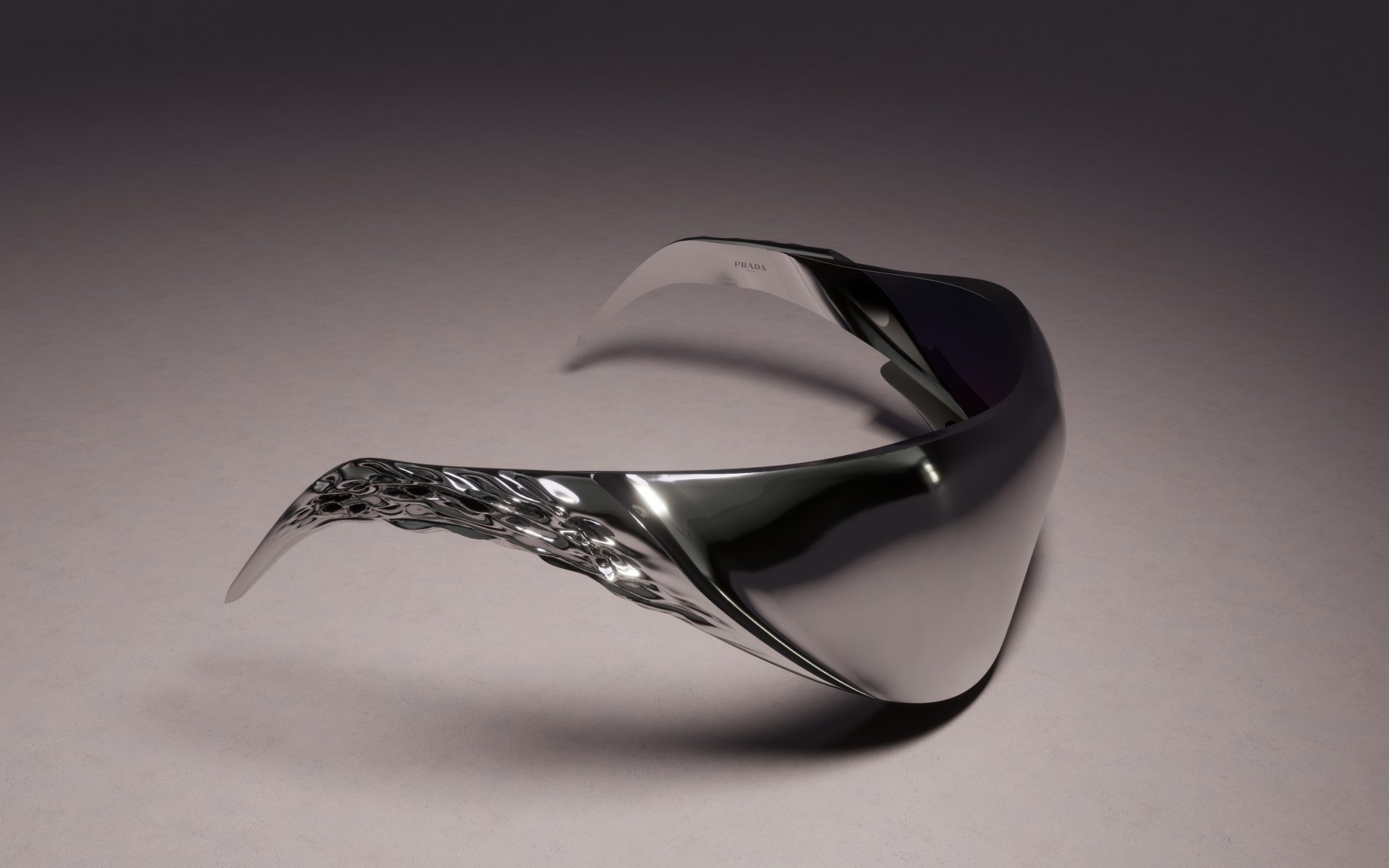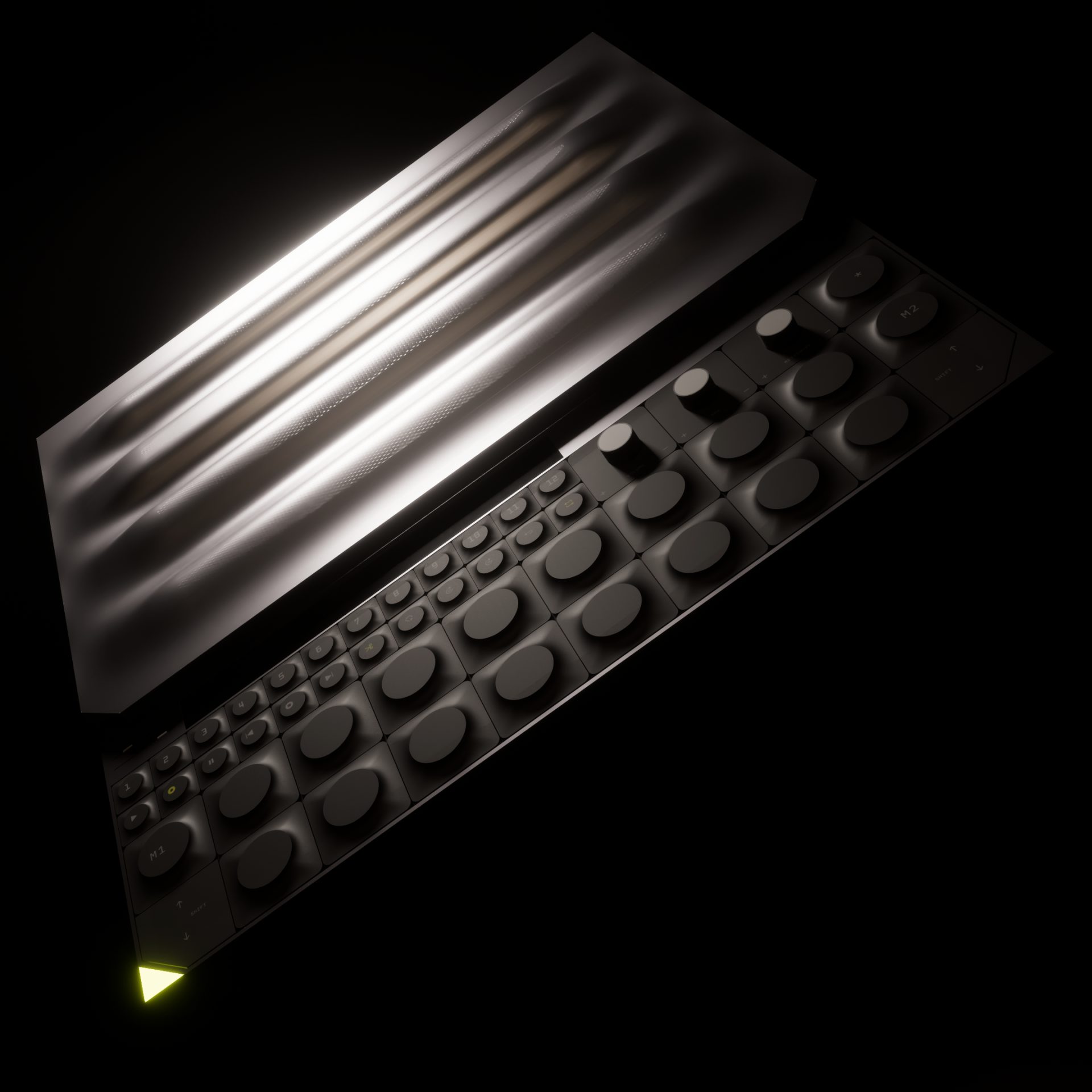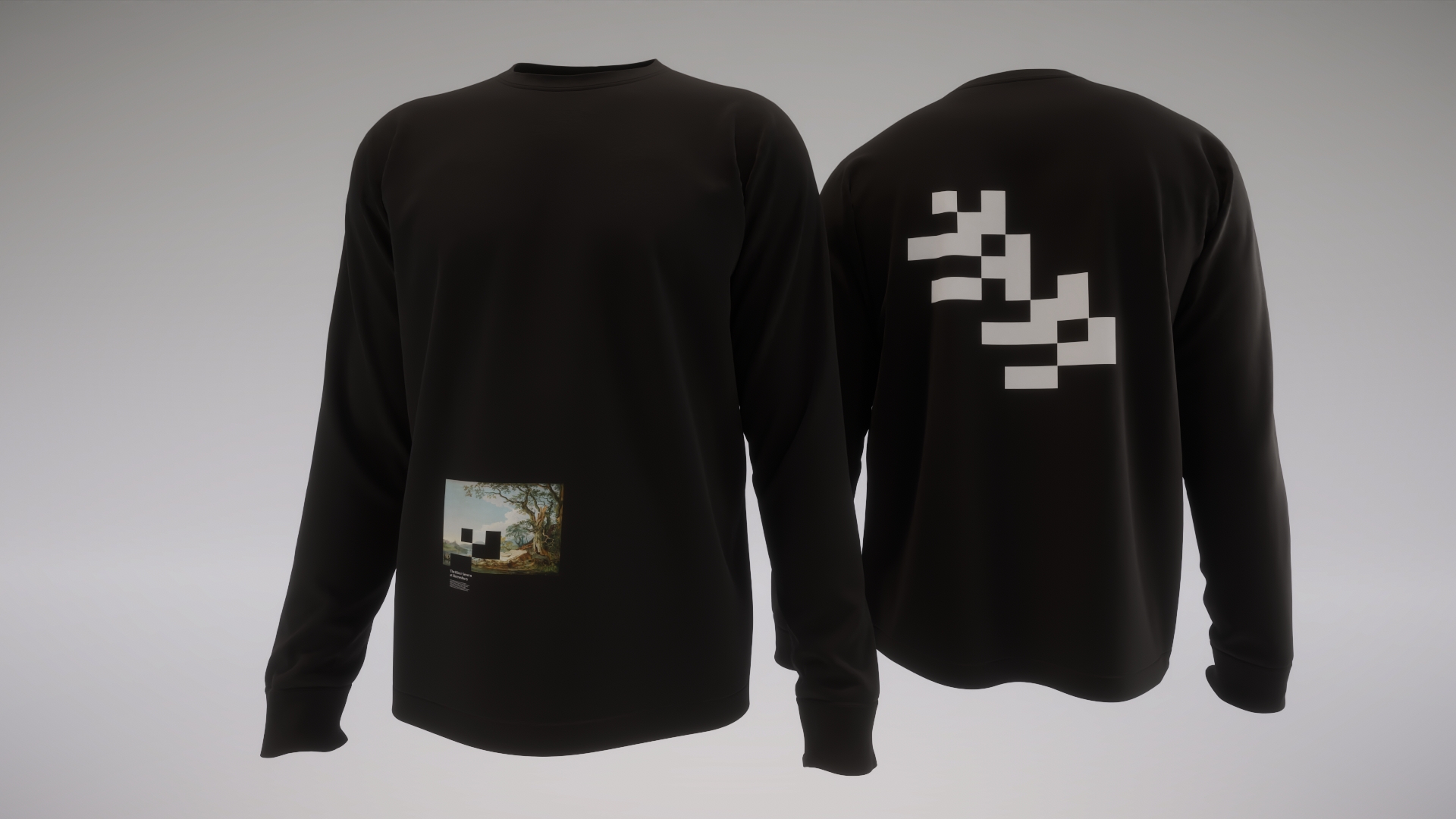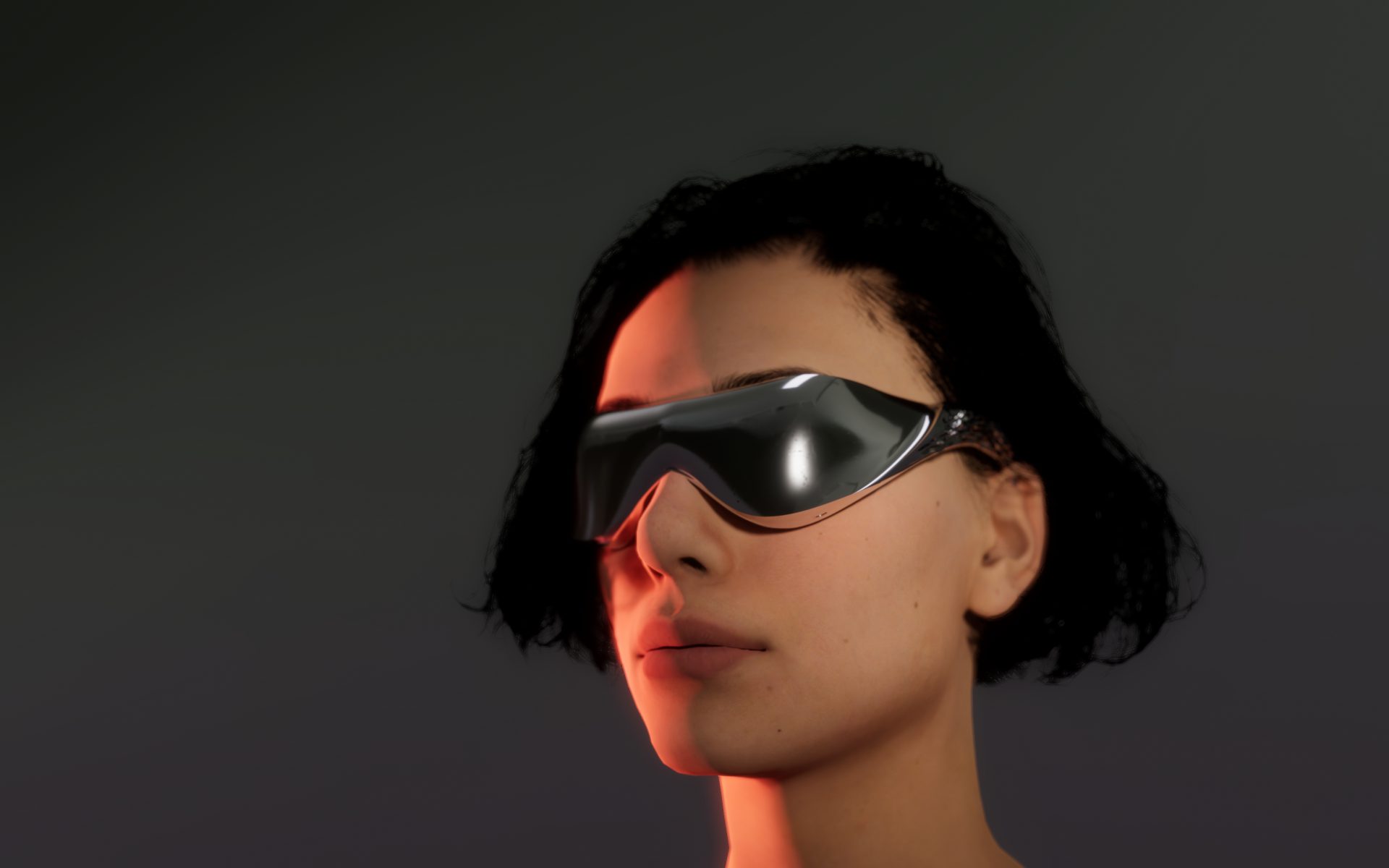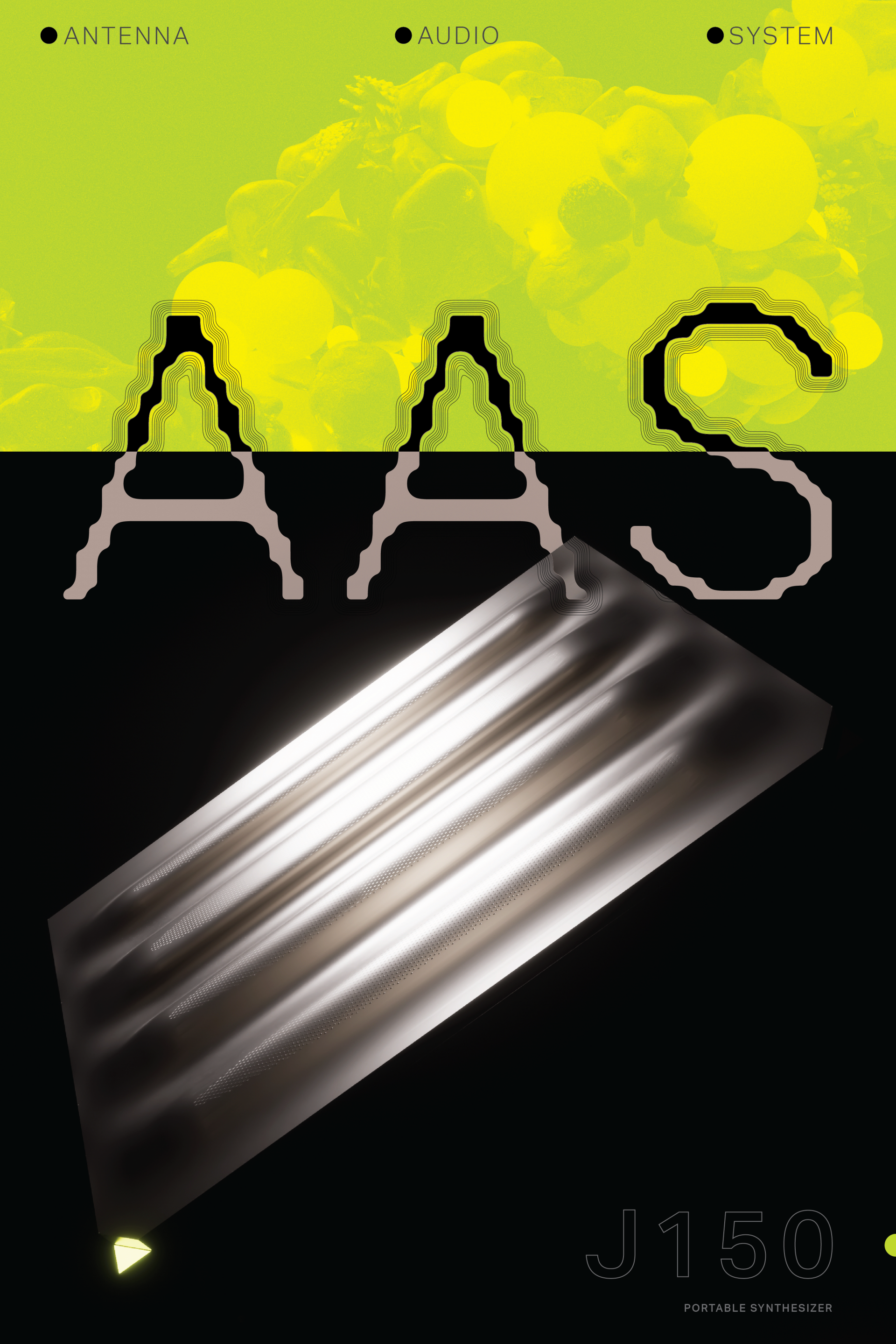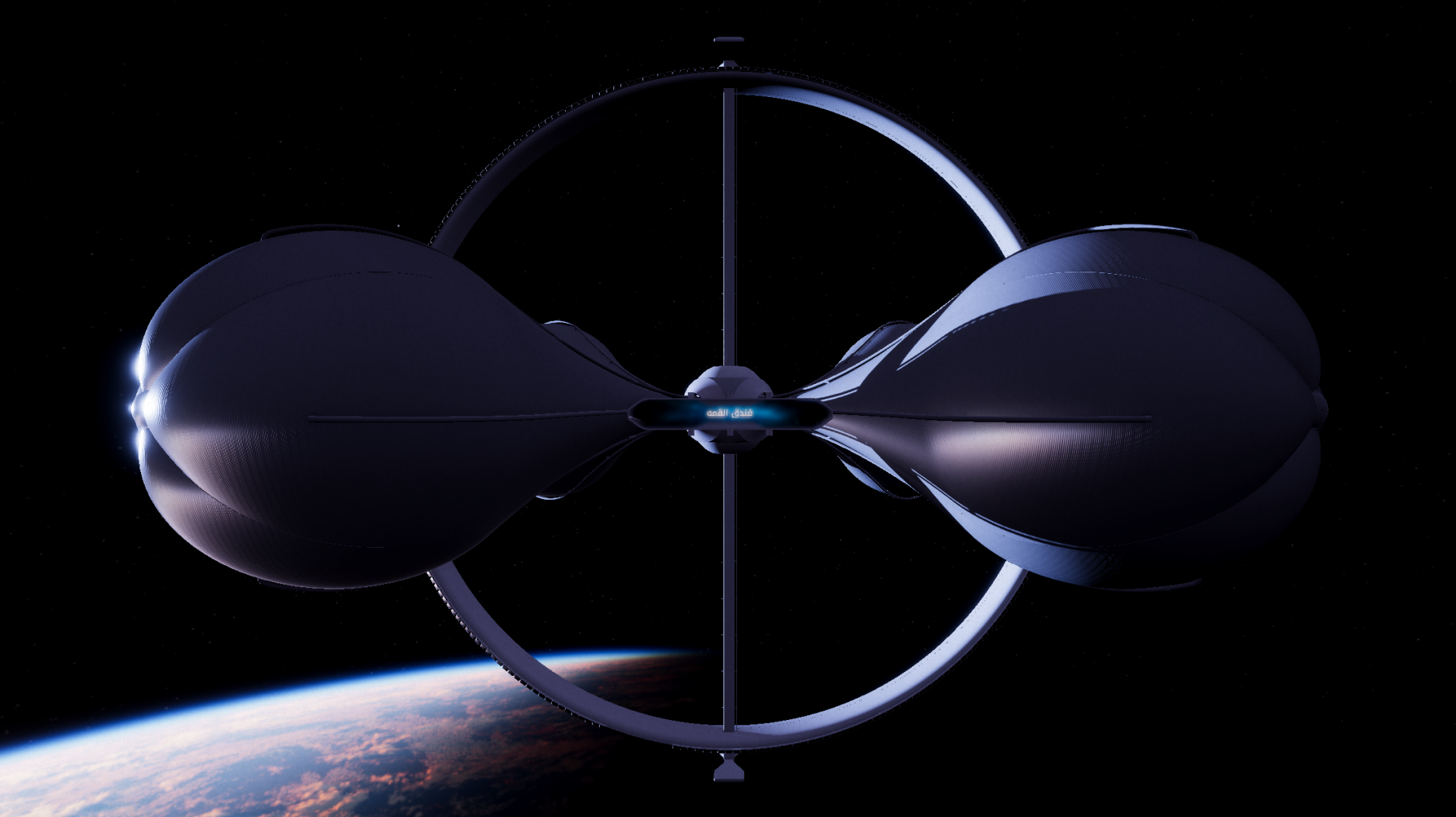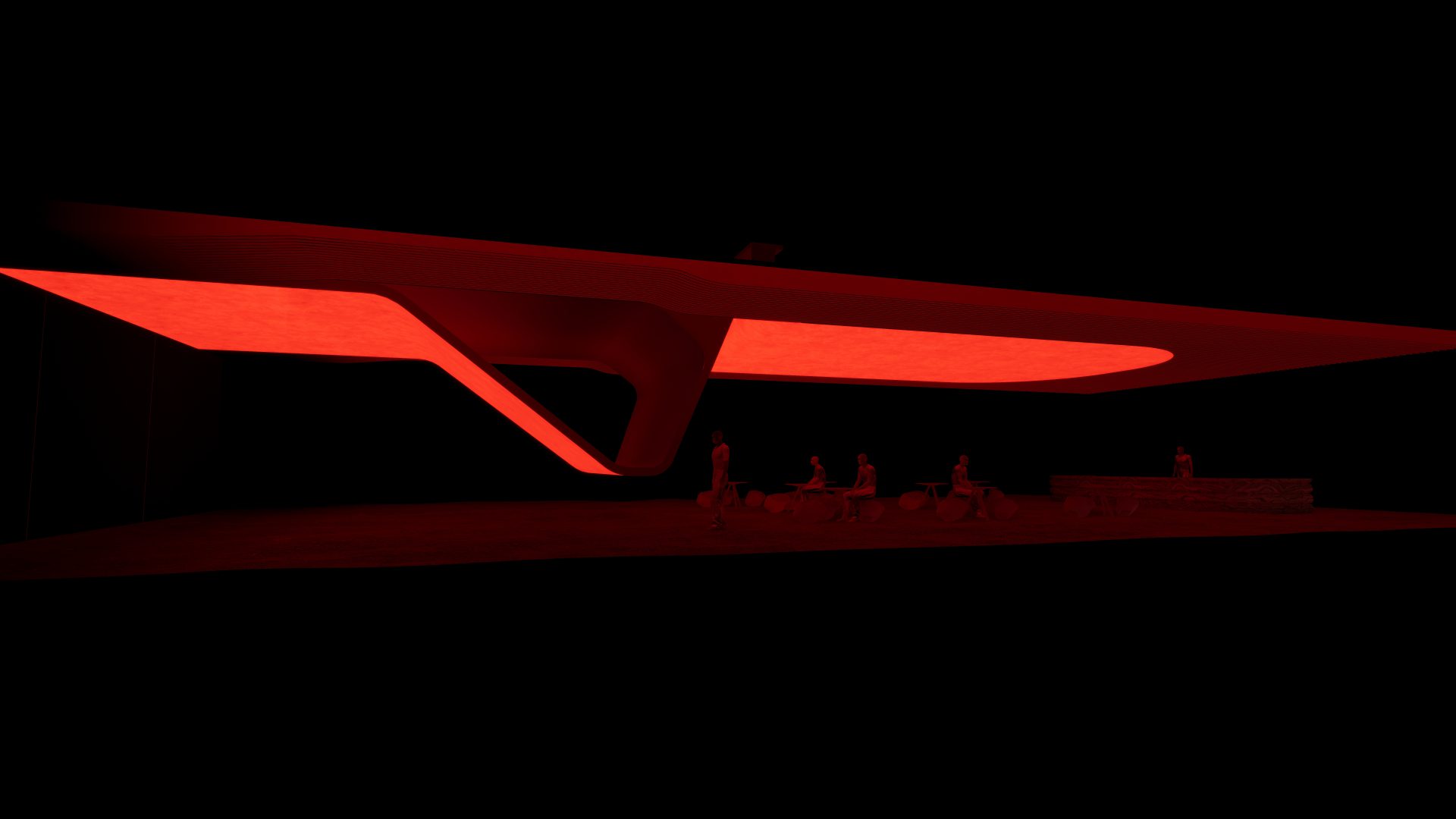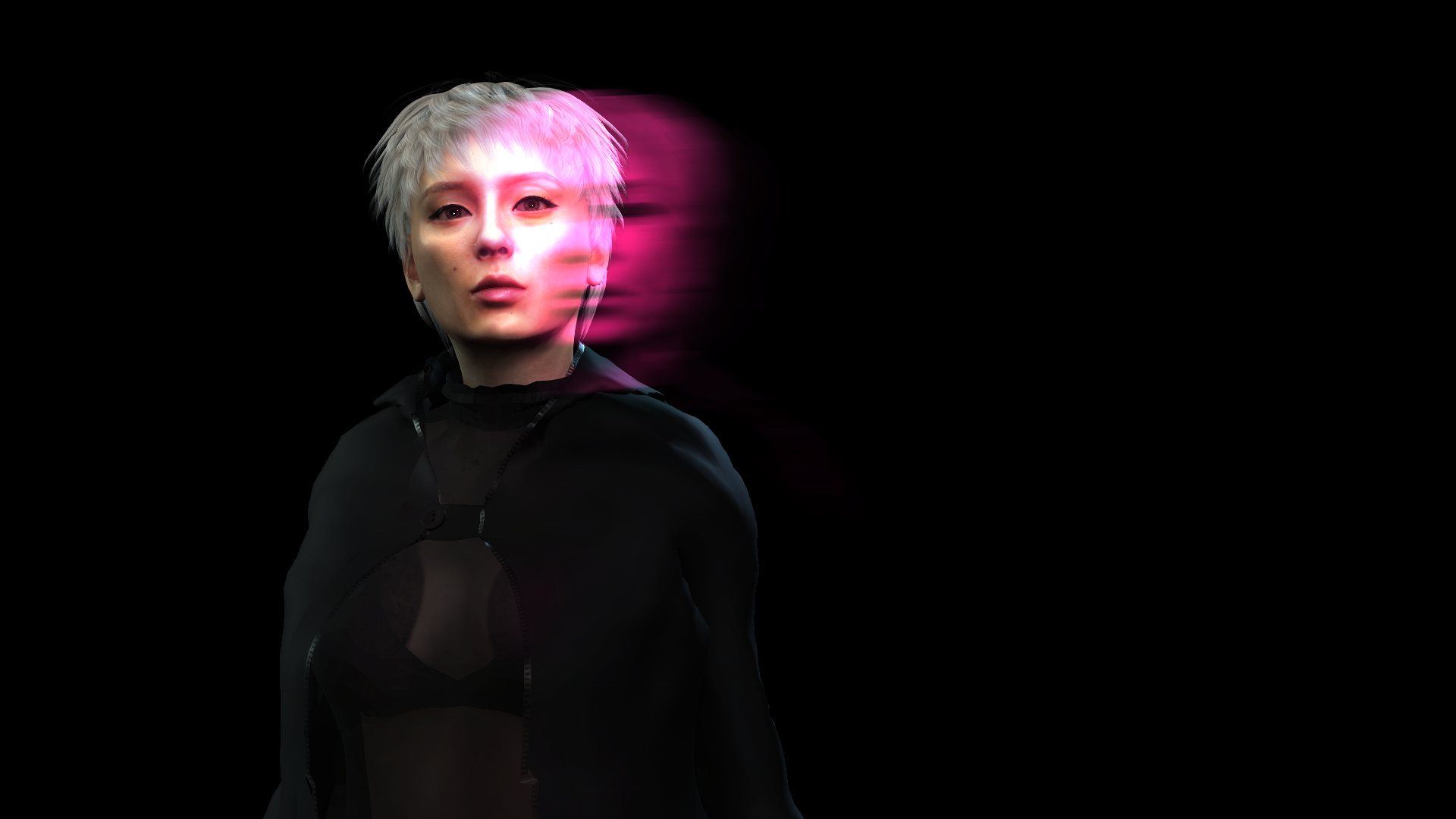ybaynes is a multidisciplinary designer based in
Los Angeles.The studio is focused on concept design.
We visualize your ideas and build prototypes.
We work at all scales, architecture, product and clothing design.
More projects on the way!
Let’s get started on your new idea.
